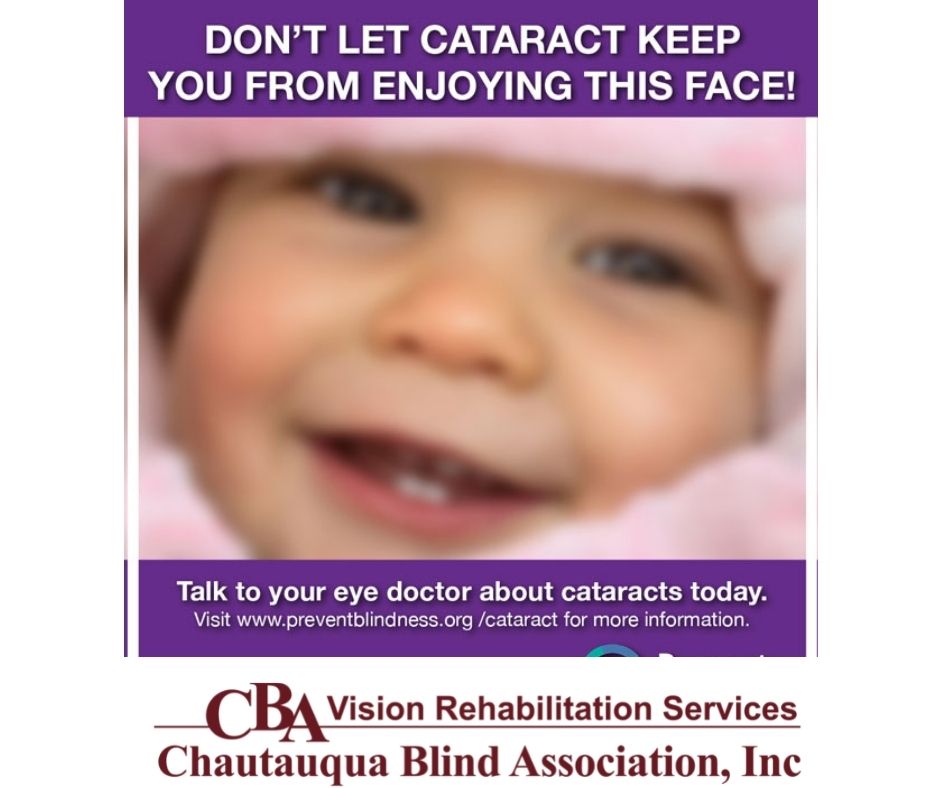
What is a cataract? A cataract is when the natural lens of your eye becomes cloudy. The lens helps us to see by bending light rays that come into the eye. With a cataract, though, it can be like looking through a foggy or dusty car windshield, causing things to look blurry, hazy, or less colorful. Some other changes you might experience with cataracts is double vision, sensitivity to light, seeing halos around lights at night, difficulty seeing well at night, and detecting bright colors.
After Age 40
Aging is the most common cause of cataracts. It is normal to have eye changes that begin to happen after age 40 which can cause the lens to start to break down and become cloudy. Many people over the age of 60 start to have some extent of clouding of their lenses, but vision problems may not happen until years later. Some other risk factors for cataracts are:
-smoking
-having certain medical problems, such as diabetes
-having spent a lot of time in the sun, especially without sunglasses (excessive UV exposure)
-using certain medications such as corticosteroids, which can cause the early formation of cataracts.
-having close family members who have cataracts.
Protect Your Eyes
One of the best ways you can slow down the possible development of cataracts is by protecting your eyes from sunlight by wearing sunglasses that filter out UV rays or by wearing regular eyeglasses with a clear, anti-UV coating.
If You Have a Cataract
Once you are diagnosed with a cataract, there are things you can do to take care of your eyes and manage your condition.
1. Be sure to have a yearly eye exam and use the most up-to-date eyeglasses or contact lenses to correct your vision.
2. If you smoke, consider quitting as it is a key risk factor.
3. Protect your eyes from UV light when outdoors and use brighter lights indoors to help with reading.
4. Limit your night driving once you have difficulty with night vision, halos or glare.
5. Make sure you take care of your overall health, especially if you have diabetes.
What to Expect from Cataract Surgery
When it becomes difficult to complete your regular activities, talk to your doctor about cataract surgery, as cataract surgery is the only true treatment of cataracts. The surgery removes the lens of your eye and replaces it with an artificial one. It is an outpatient procedure, so you go home shortly after the surgery. You’ll need someone to come with you who can drive you home. It’s a common and safe procedure, and when it’s done, you’ll be able to see better. Cataract surgery has a high success rate in improving people’s eyesight. Around 9 out of 10 people see better afterward.
After Surgery
After surgery, you can expect to see things clearer, have less glare when you look at bright lights and be able to tell the difference between colors. After cataract surgery, follow your provider’s instructions for caring for your eye, including using special eyedrops. It takes up to eight weeks to fully recover from cataract surgery. You’ll find that your vision is much clearer, and you can get back to doing the activities you love.






